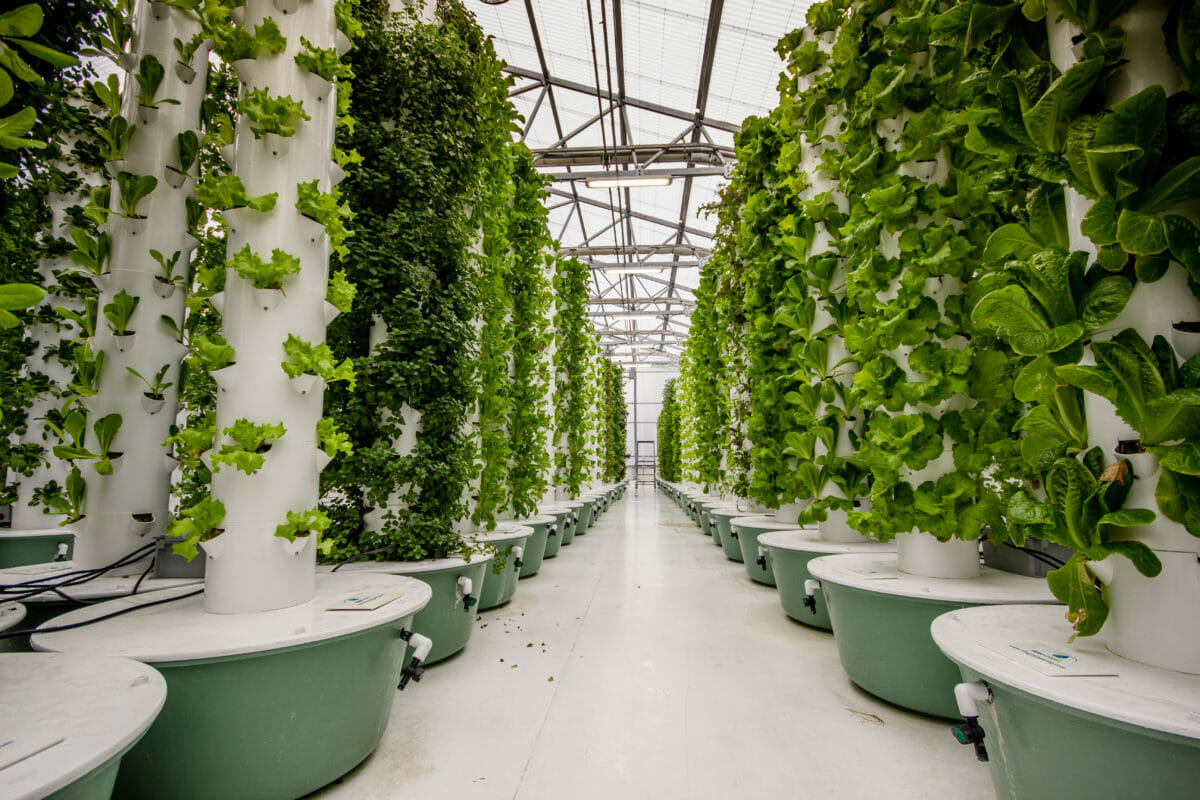Agriculture has always been a crucial component of human civilization because it provides the resources and food needed to survive. Demand for the production of food is rising along with the global population. However, conventional farming practices frequently aren’t environmentally friendly and can even cause harm. As a result, there is rising interest in alternative farming techniques that are more efficient, effective, and environmentally friendly.
Aeroponic farming is a revolutionary method of growing plants in a mist or fog without the use of soil or water. Instead, plants are grown in a controlled environment, where their roots are misted with a nutrient-rich solution. This method is highly efficient, space-saving, and offers high-yielding crop production. In this blog, we will dive deeper into the benefits of an aeroponic system and explore how they are changing the way we farm.
Table of Contents
Efficiency and Space-Saving Capabilities
Aeroponic systems are highly efficient when it comes to water and nutrient usage. The roots of plants are misted with a nutrient-rich solution, which provides them with all the essential nutrients they need to grow. This method uses up to 90% less water than traditional soil-based farming and up to 60% less water than traditional hydroponic systems. Aeroponic systems are also space-saving since plants are grown vertically, allowing more plants to be developed in a smaller area.
High Yield Production
Aeroponic systems are designed to optimize plant growth and productivity. With aeroponics, plants grow faster and produce more crops than with traditional farming methods. The plants receive constant nutrients, oxygen, and water from their roots. The controlled environment also ensures there are no pests, diseases, or weeds that can negatively impact plant growth.
Year-Round Production
Aeroponic systems are designed to be used year-round. Since plants are grown in a controlled environment, they can be developed regardless of weather conditions or season. This makes aeroponic systems ideal for extreme climates where traditional farming is impossible.
Sustainability
Aeroponic cultivation systems are sustainable farming solutions. They use less water, nutrients, and space than traditional farming methods, making them eco-friendly. Also, since they are grown in a controlled environment, there is no need for pesticides, herbicides, or fungicides, reducing the amount of harmful chemicals that are released into the atmosphere.
Challenges
Although aeroponic farms offer many advantages, they also have a few challenges. The initial investment cost is higher compared to traditional farming methods, and the technology requires electricity to operate, which can increase energy bills. Additionally, the technology necessary to use aeroponic systems can be complicated and requires specialized training.
Conclusion
Aeroponic systems are revolutionizing farming by providing a sustainable, space-saving, and high-yield crop-growing solution. While the technology required may be complicated, the benefits of aeroponic systems make it a worthwhile investment. As the world’s population continues to grow, we need more efficient and sustainable farming solutions, and aeroponic systems are one of the many ways we can meet this demand.

